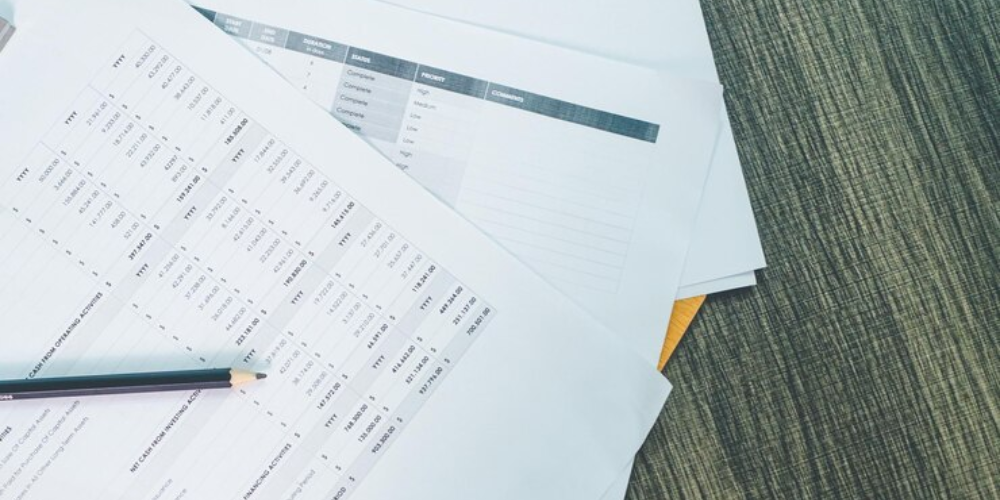
What is a Bank Statement? Understanding its Definitions, Benefits, and Prerequisites

Ever wondered where your money goes? A bank statement is like a financial report card, giving you a clear picture of your bank account activity over a specific period, usually a month. It’s a crucial tool for managing your finances effectively and understanding what is a bank statement.
Demystifying Bank Statements
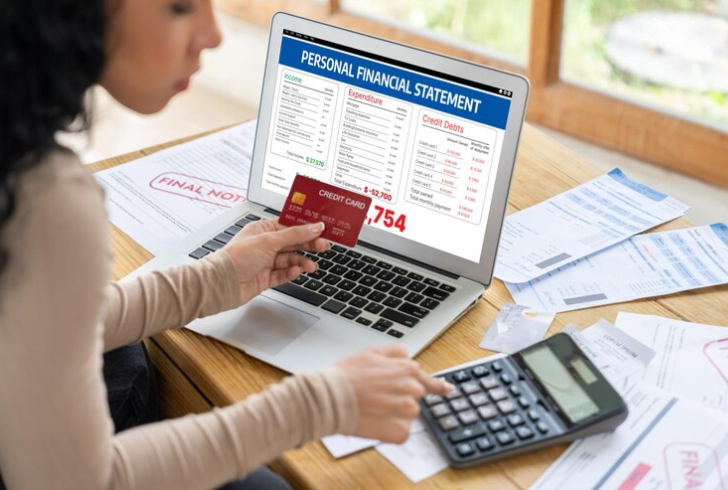
Freepik | Frolopiaton Palm | Go digital with free e-statements or opt for paper with potential fees.
Bank statements come in two forms: electronic (e-statements) or paper. E-statements are free and accessible online, while paper statements may incur a monthly fee. Regardless of format, a bank statement includes:
- Bank Information: This section details the bank’s contact information for your reference.
- Account Details: Here, you’ll find your account number and type (checking, savings, etc.).
- Statement Period: This specifies the time frame covered by the statement, such as “October 1st – October 31st.”
- Account Balances: The statement shows your beginning balance (money in your account at the start of the period) and ending balance (money remaining at the period’s end).
- Transaction History: This is the heart of the statement, listing all deposits, withdrawals, fees, and interest earned.
Understanding Transaction Details
Each transaction in your bank statement will likely include:
- Date: This indicates when the transaction occurred.
- Amount: This specifies the dollar amount of the deposit, withdrawal, or fee.
- Description: This provides details about the transaction, such as the payee (who received the money) or the merchant name (where a purchase was made).
Benefits of Reviewing Bank Statements

Freepik | mediaphotos | Know the benefits why reviewing bank statements matters.
Regularly reviewing your bank statements offers several advantages:
- Monitoring Spending: By tracking deposits and withdrawals, you can gain valuable insight into your spending habits. This awareness empowers you to make informed financial decisions.
- Identifying Errors: Bank statements help you identify any discrepancies between your records and the bank’s. Reporting errors can prevent financial losses.
- Detecting Fraudulent Activity: Reviewing transactions can help you spot unauthorized charges or suspicious activity on your account. Early detection allows you to report fraud and minimize damage.
- Reconciling Accounts: Bank statements are essential for reconciling your accounts. This process involves comparing your bank records with your checkbook register to ensure everything matches.
How to Access Your Bank Statement
These days, most banks provide easy access to e-statements through their online banking platforms. You can also request a paper statement be mailed to your address.
Decoding Common Bank Statement Lingo
Understanding the terminology used in bank statements can be overwhelming at first. Here’s a breakdown of some common terms you might encounter:
- Deposits: These represent any incoming funds credited to your account, such as paychecks, transfers from other accounts, or cash deposits.
- Withdrawals: These signify outgoing debits from your account, including ATM withdrawals, debit card purchases, or checks you’ve written.
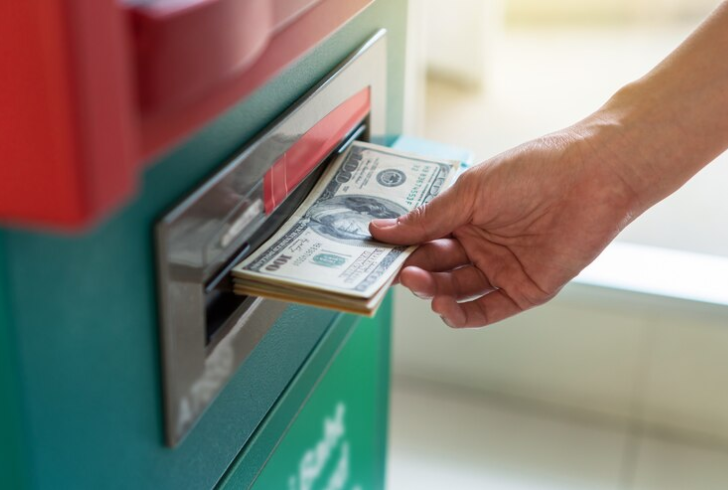
Freepik | tzido | Your money in motion, from ATM visits to check payments.
- Service Charges: Banks may impose fees for certain services, like monthly account maintenance or exceeding the number of allowed withdrawals.
- Interest Earned: This reflects any interest your account accumulates over the statement period, for savings accounts. While the amount might seem small, it can add up over time.
- Outstanding Checks: These are checks you’ve written that haven’t cleared yet and will be deducted from your account balance in the future statement.
- Available Balance: This represents the actual amount of money you can currently access in your account, considering your beginning balance, deposits, withdrawals, and outstanding checks.
By familiarizing yourself with these terms, you can interpret your bank statement with greater ease and gain a deeper understanding of your financial activity.
Final Thought
Bank statements are powerful tools for managing your finances. By making a habit of reviewing them regularly, you can stay on top of your spending, identify potential issues, and ultimately, take control of your financial well-being. So, don’t let those statements sit unopened! They hold valuable information to empower you toward a brighter financial future.
More in Big Bank Accounts
-
`
Curious About Travis Kelce’s Net Worth? Here’s the Scoop!
Travis Kelce’s name echoes through NFL stadiums, synonymous with athletic prowess and electrifying plays. But beyond his touchdown celebrations and record-breaking...
June 10, 2024 -
`
Everything You Need to Know About an Assumable Mortgage
What is an Assumable Mortgage? Whether you are a buyer or a seller, understanding the concept of assumable mortgages can open...
June 6, 2024 -
`
Layoff vs. Fired – Understanding the Crucial Differences
When it comes to job loss, understanding the distinction between being layoff vs. fired is crucial. While both situations result in...
May 30, 2024 -
`
When Are Business Taxes Due 2024? Essential Dates and Deadlines
Tax deadlines can be daunting, but fear not! Let’s break down everything you need to know to stay on top of...
May 22, 2024 -
`
How Much Does Jeff Bezos Make Per Hour? It’s More Than You Think!
Jeff Bezos, a name synonymous with innovation and wealth, stands as one of the world’s richest individuals. While Bernard Arnault and...
May 16, 2024 -
`
What is Portfolio Investment Entity (PIE) and How Can it Benefit You?
In the intricate world of finance, individuals seek avenues to optimize their investments while minimizing risks. One such avenue gaining traction...
May 9, 2024 -
`
Branded Content: A Genuine Way to Connect With Your Audience
Have you ever binge-watched a series on Netflix, only to later realize that the beverage everyone’s sipping on is that brand...
April 23, 2024 -
`
What Car Does Jeff Bezos Drive? Find Out Inside His Exclusive $20 Million Collection
Have you ever wondered what car does Jeff Bezos drive? This man’s tastes in vehicles are as expansive as his business...
April 17, 2024 -
`
Redeeming Your Savings Bonds – Here’s What You Need to Know
Today, savings bonds stand out as a steadfast option for many Americans. If you are pondering over the process of U.S....
April 11, 2024









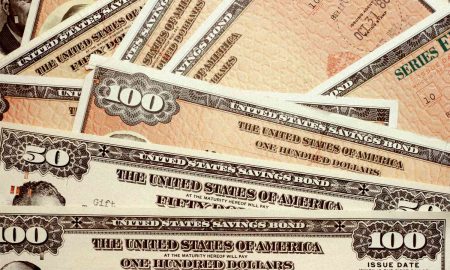
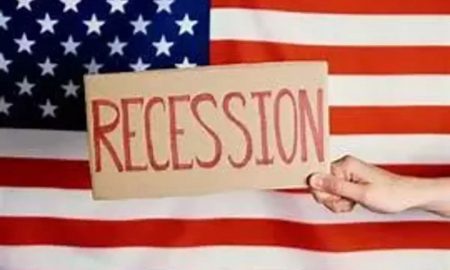




You must be logged in to post a comment Login